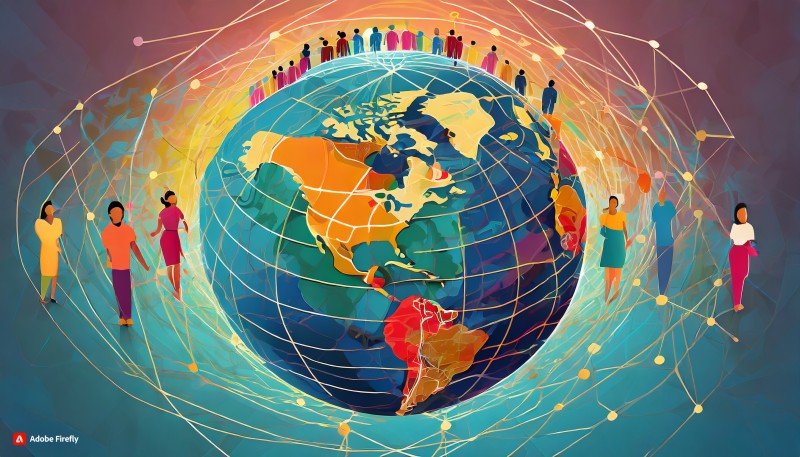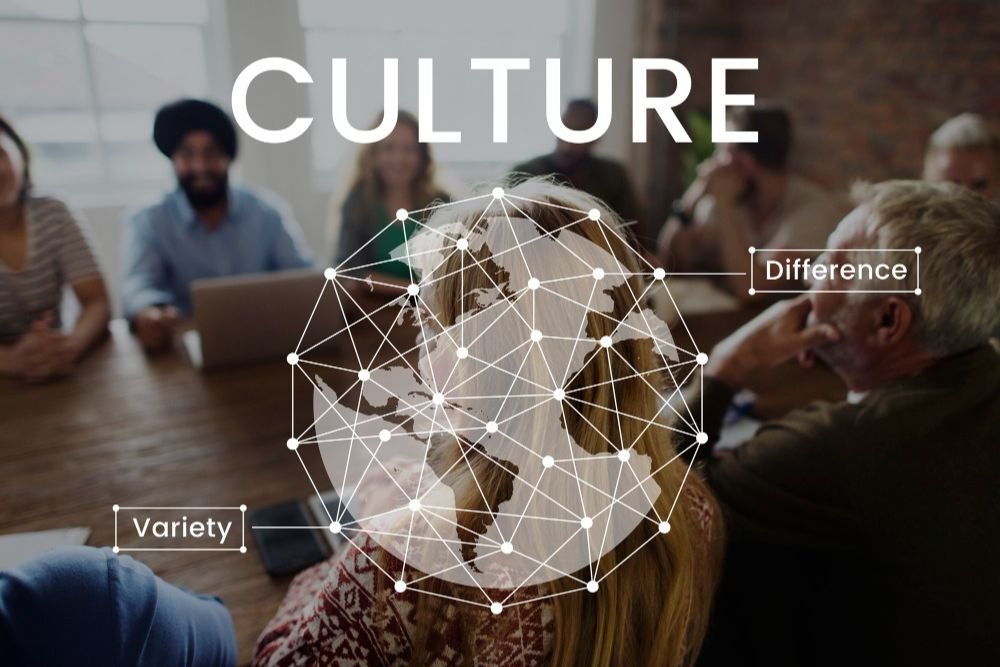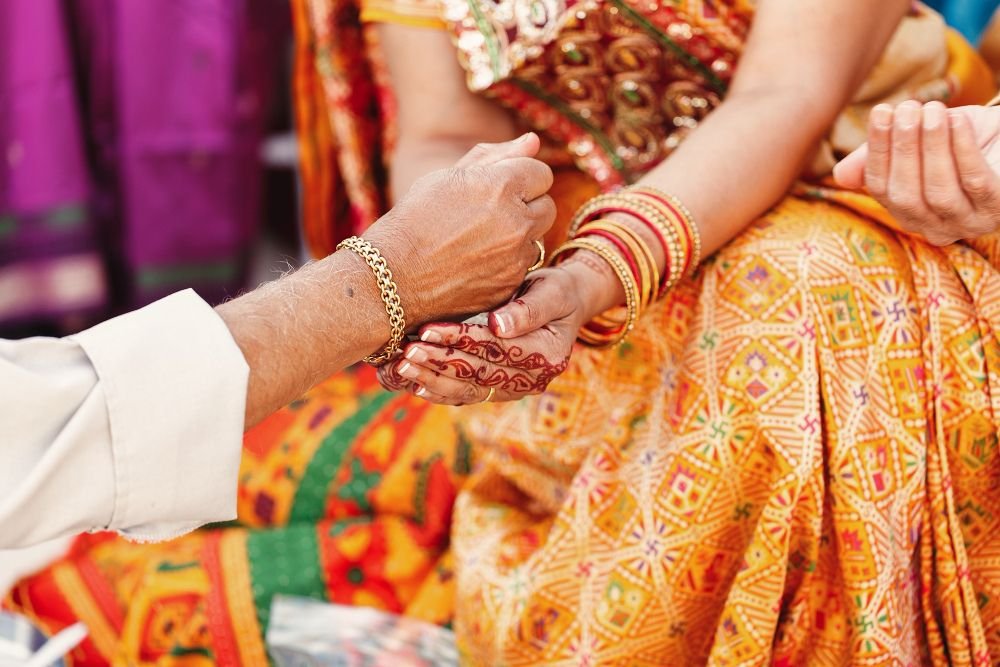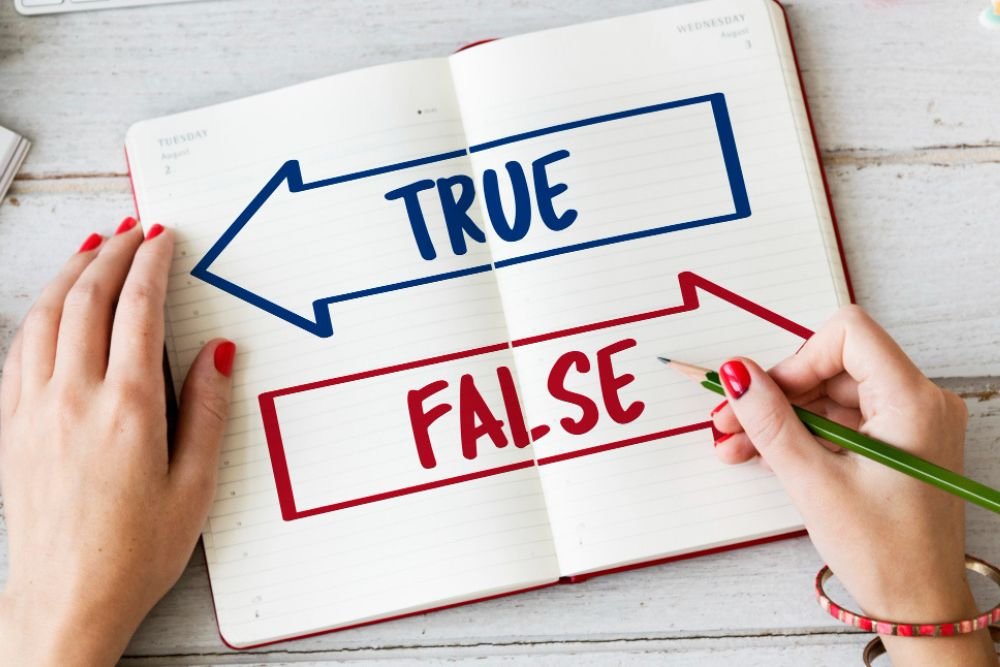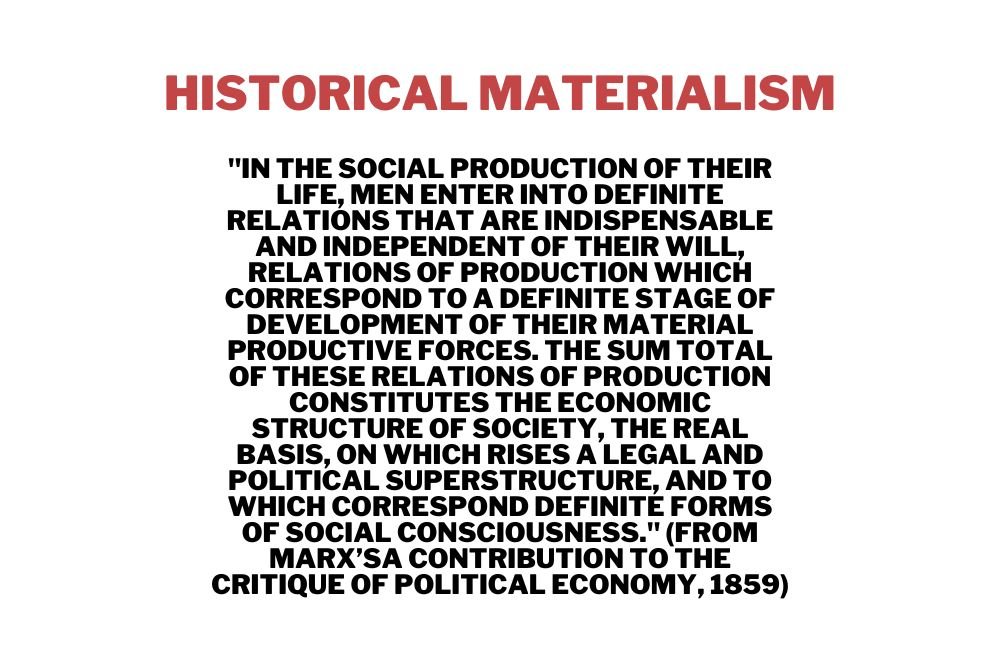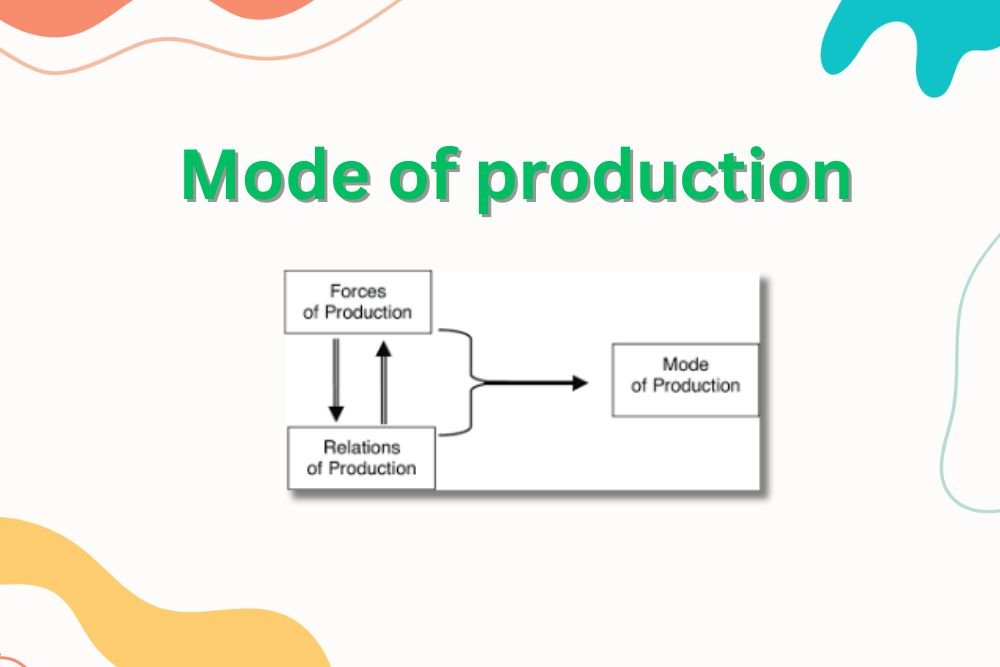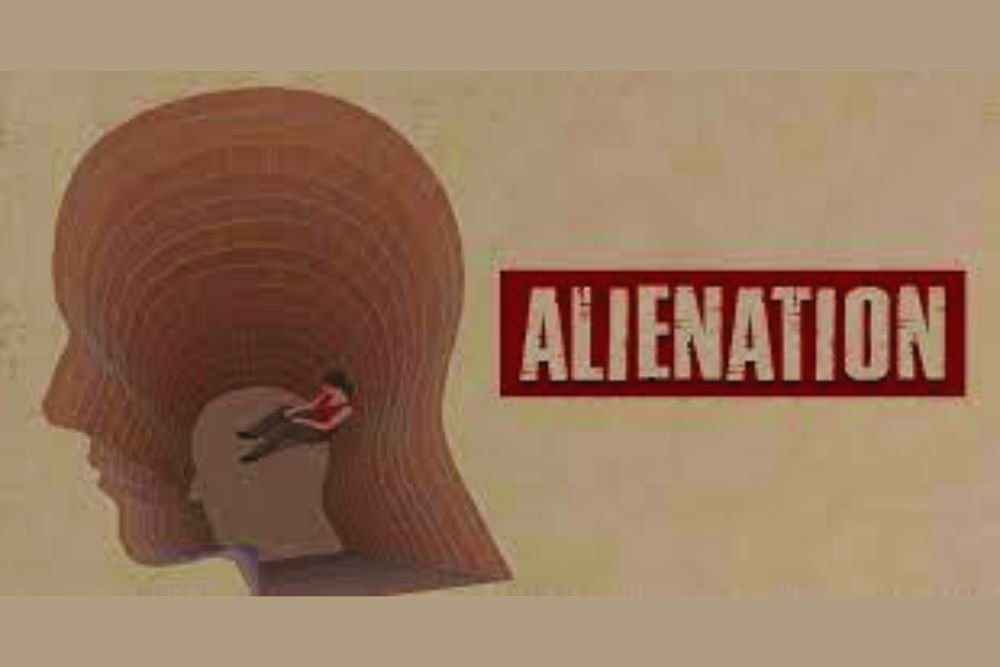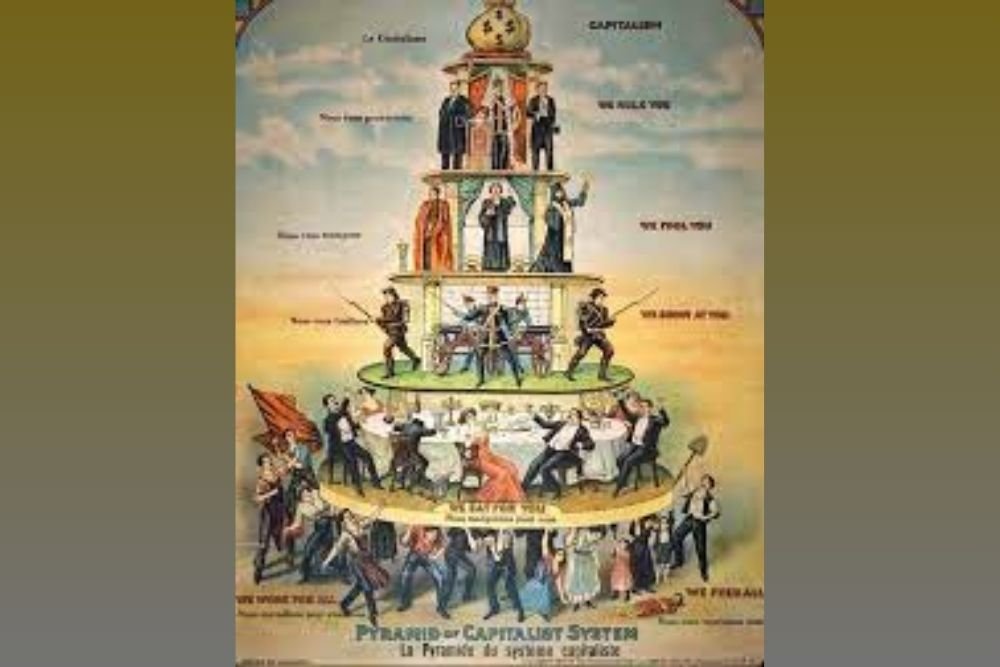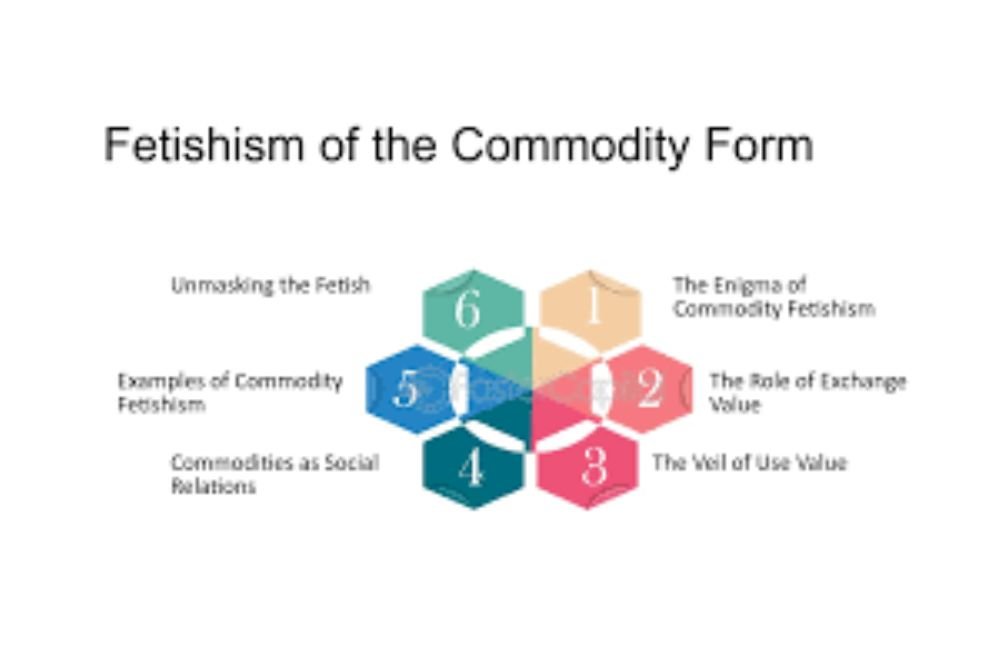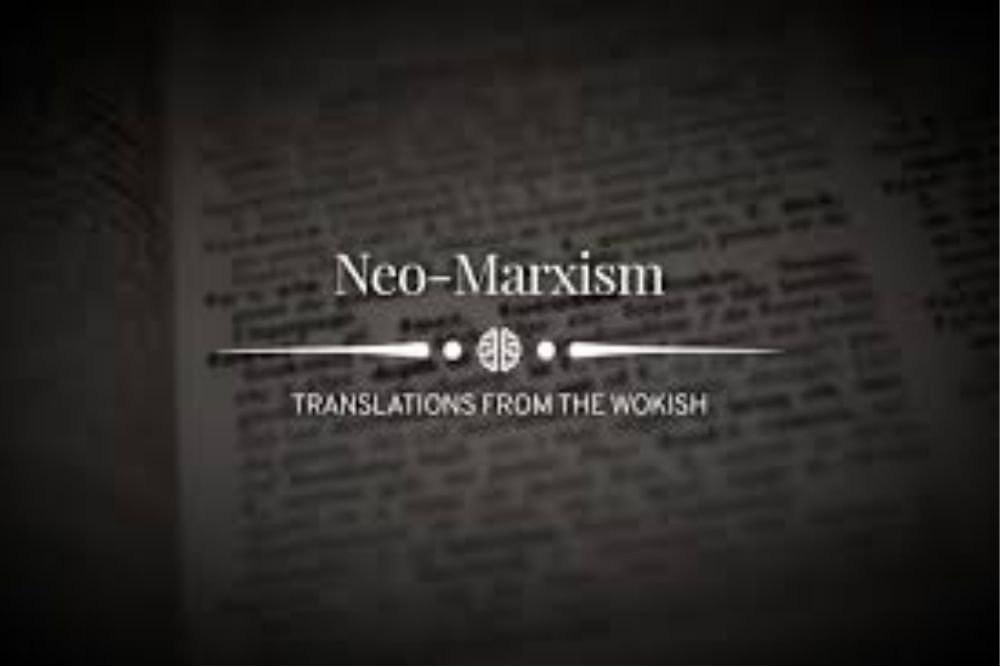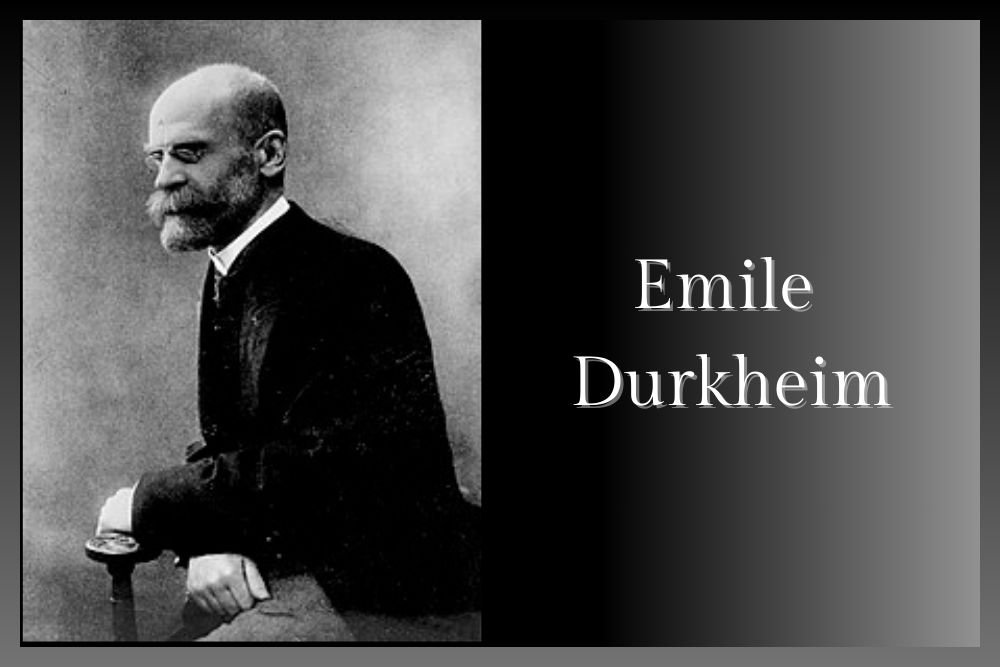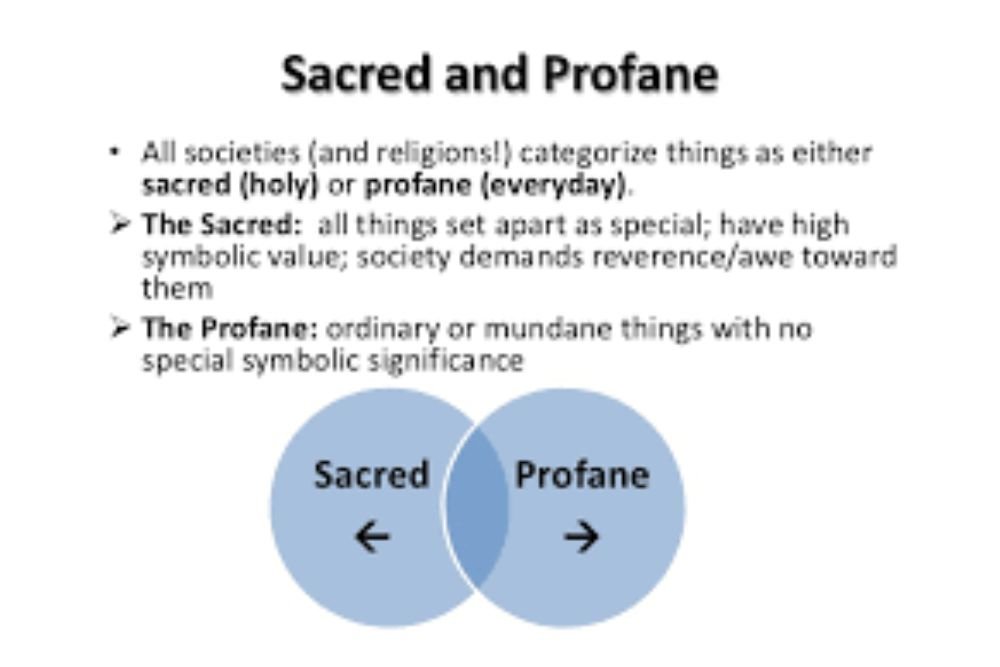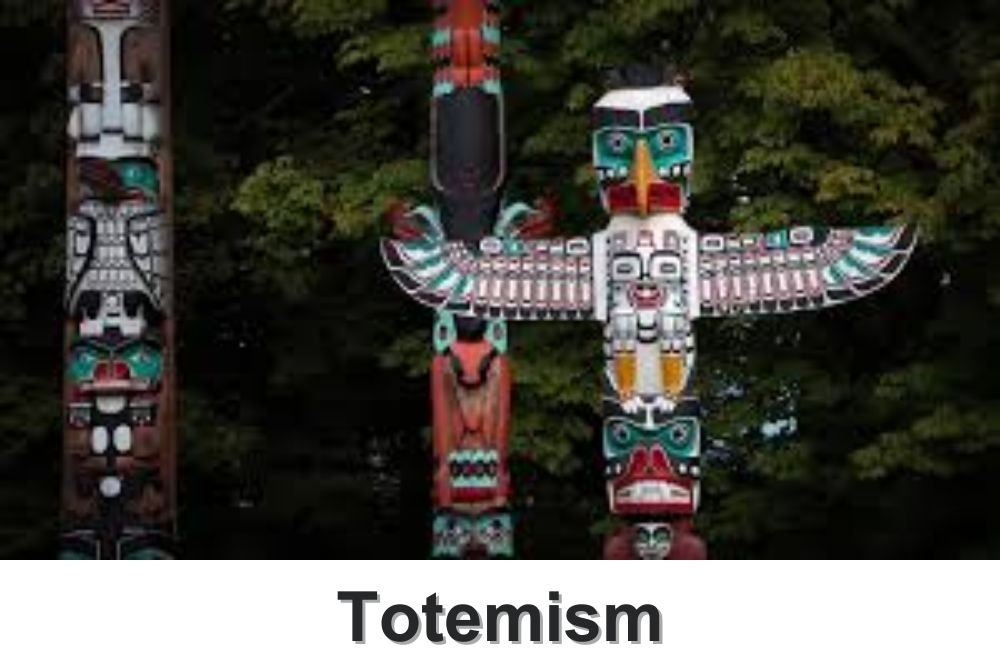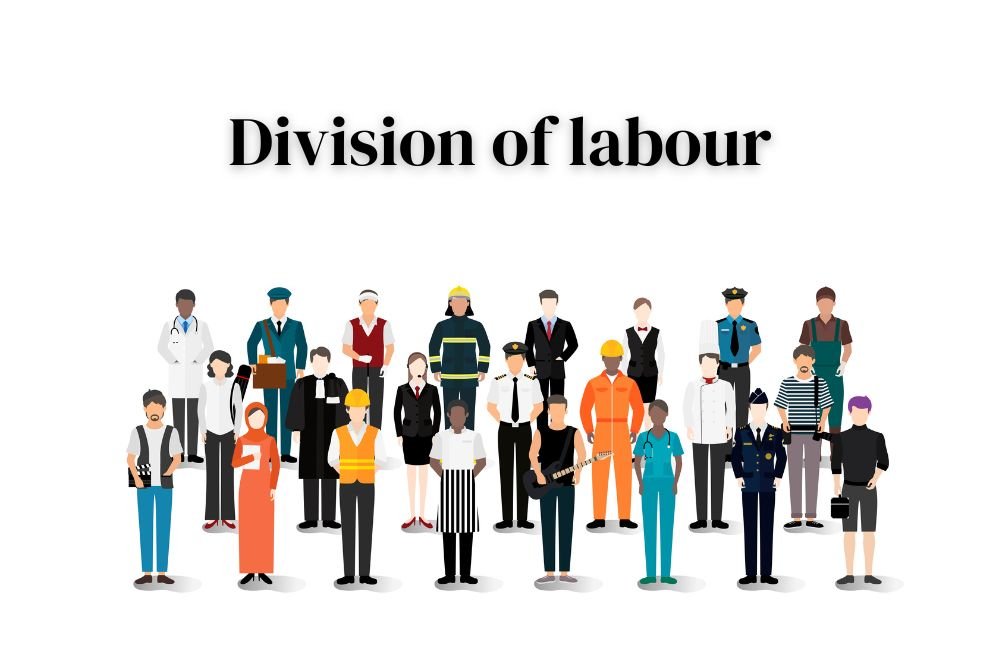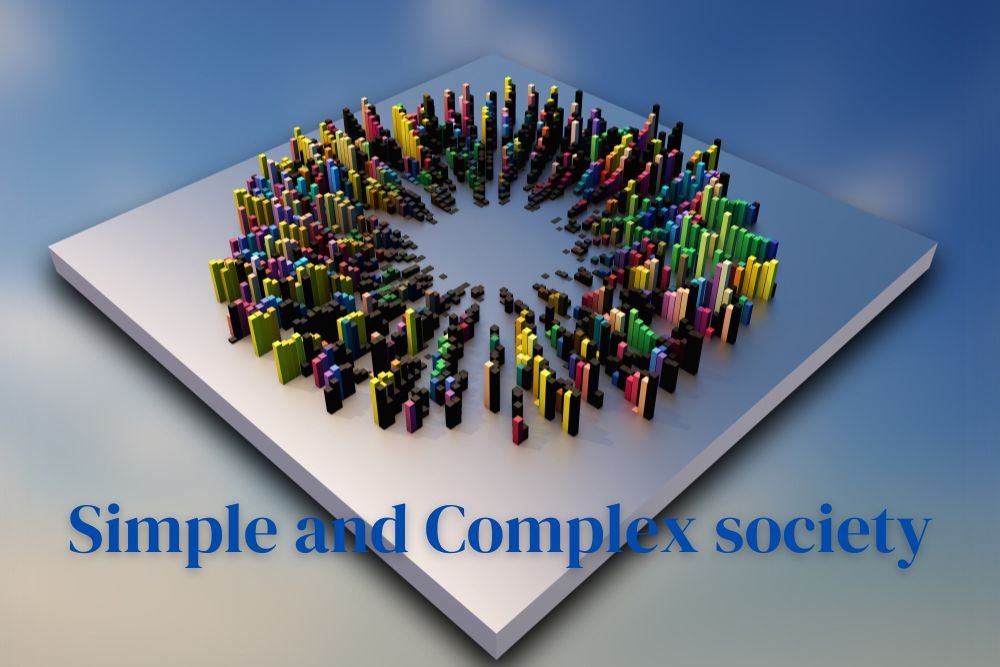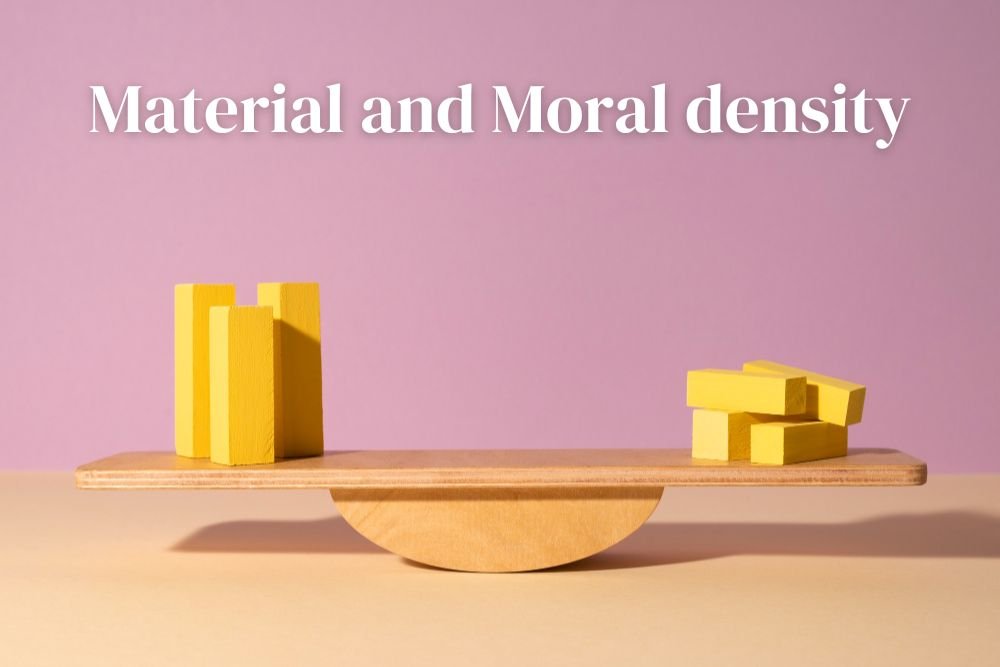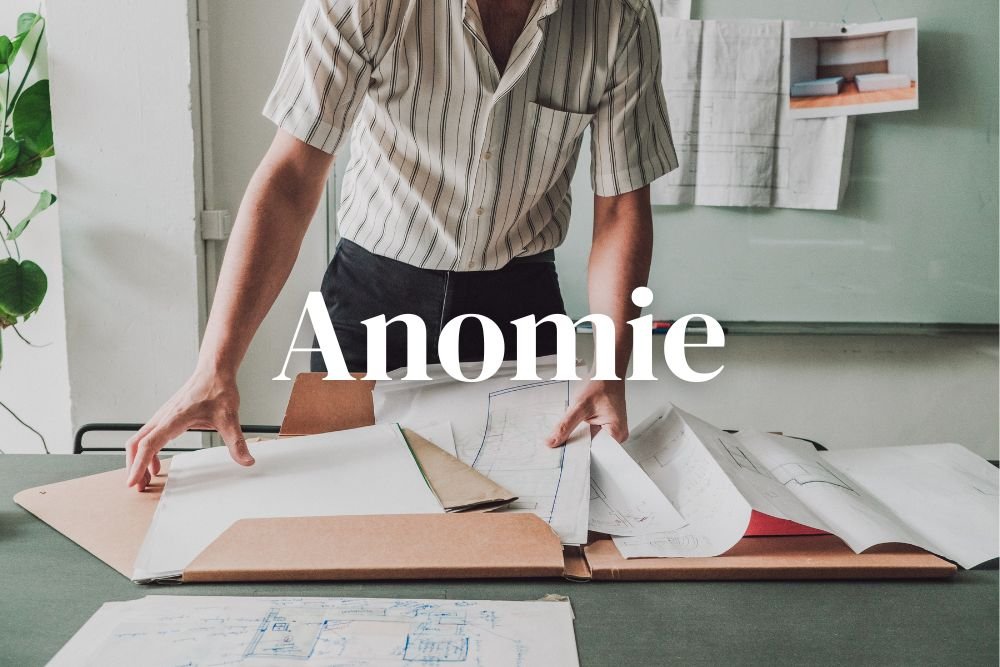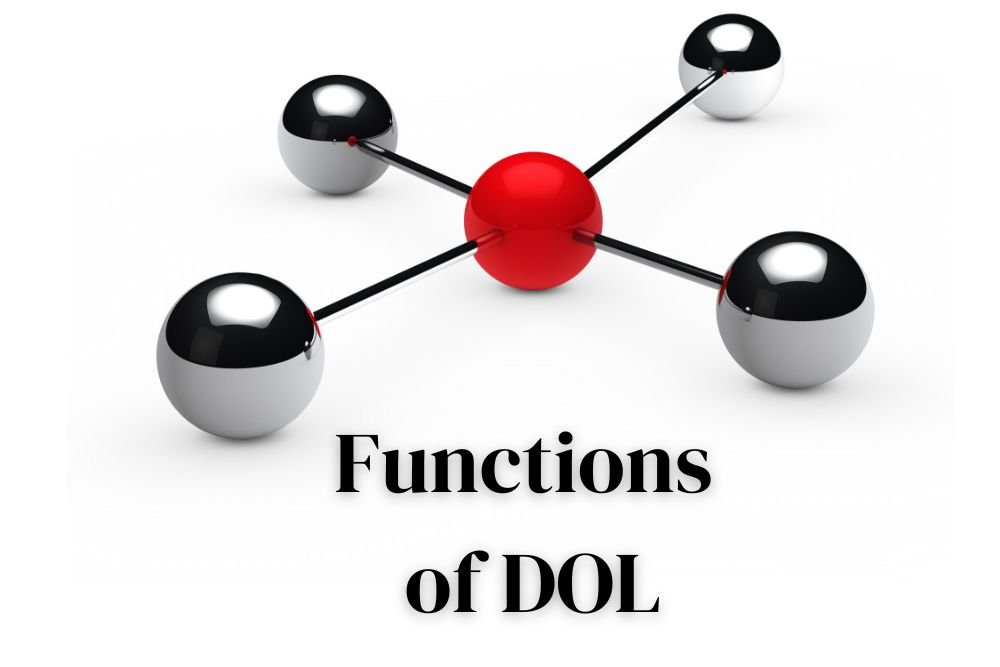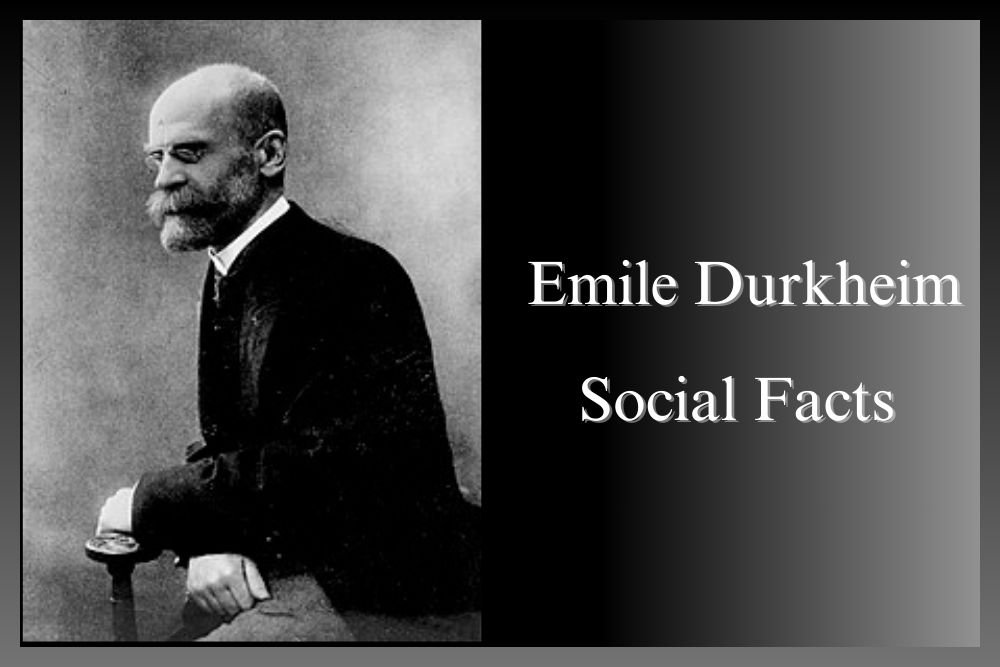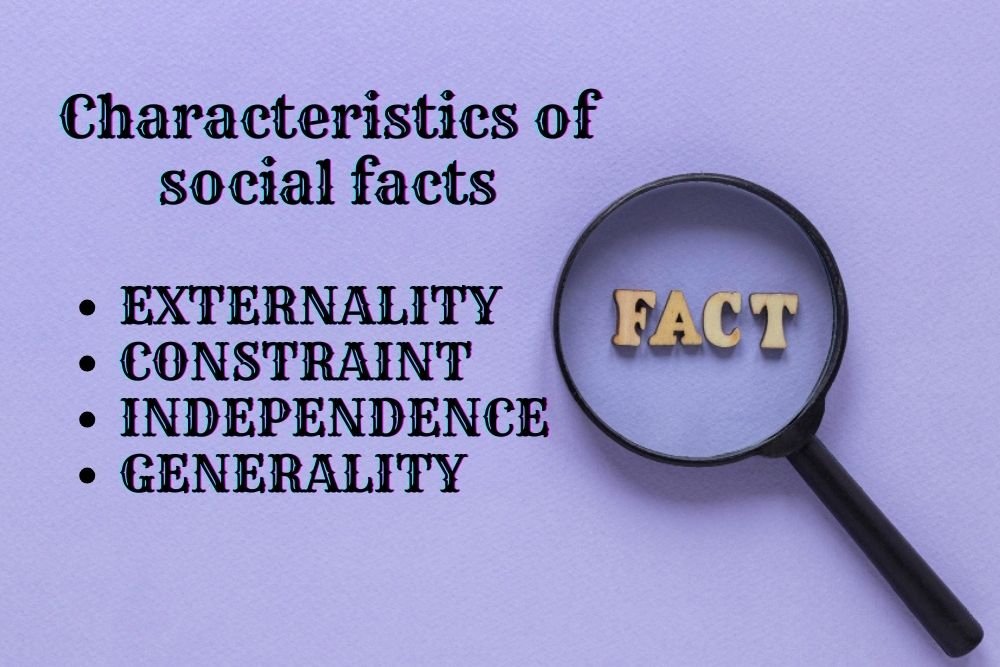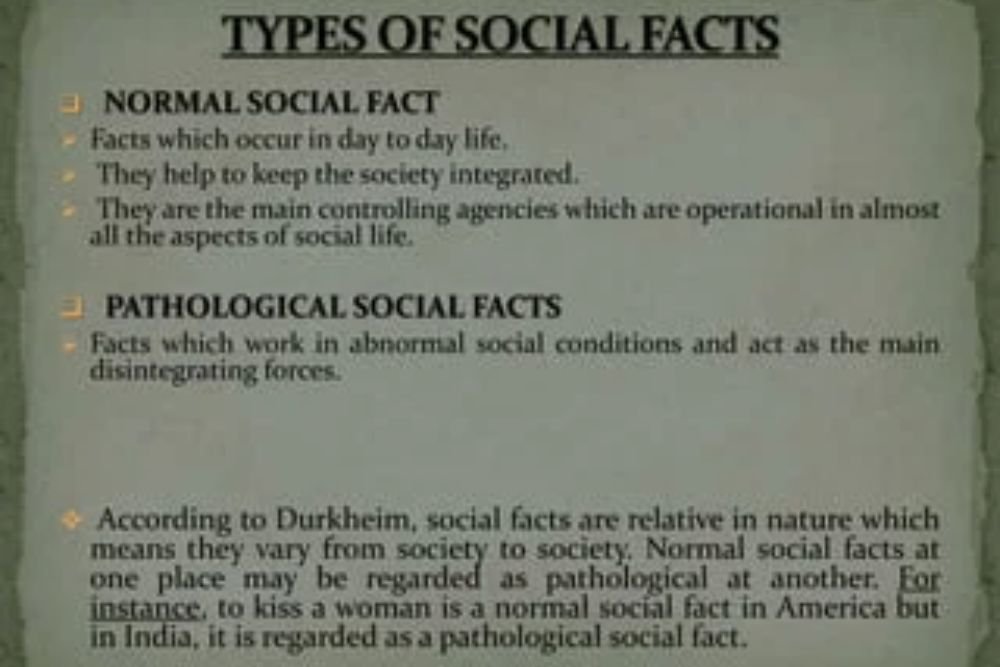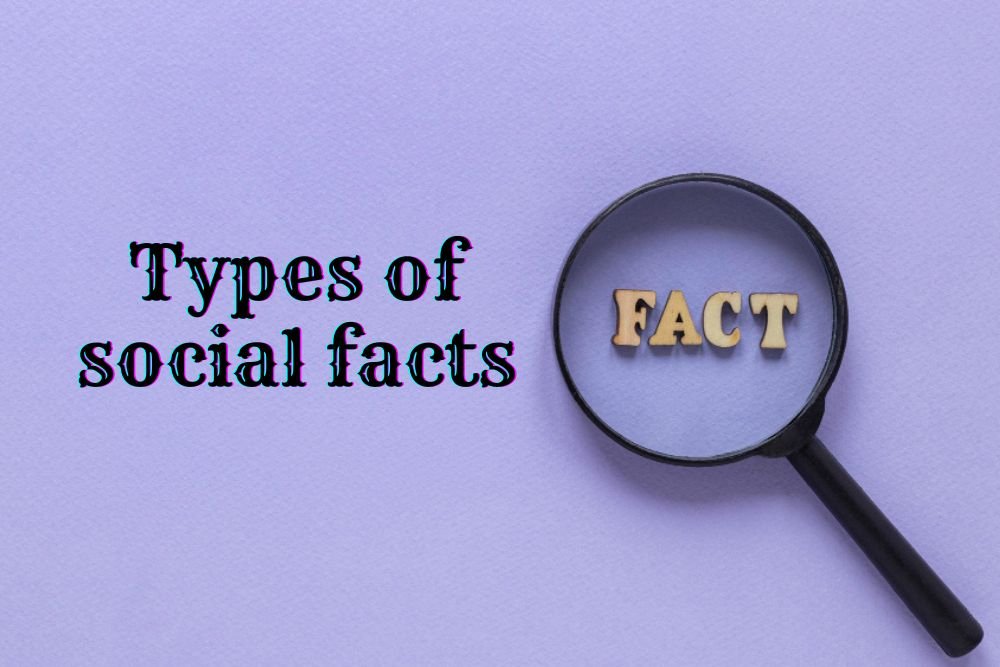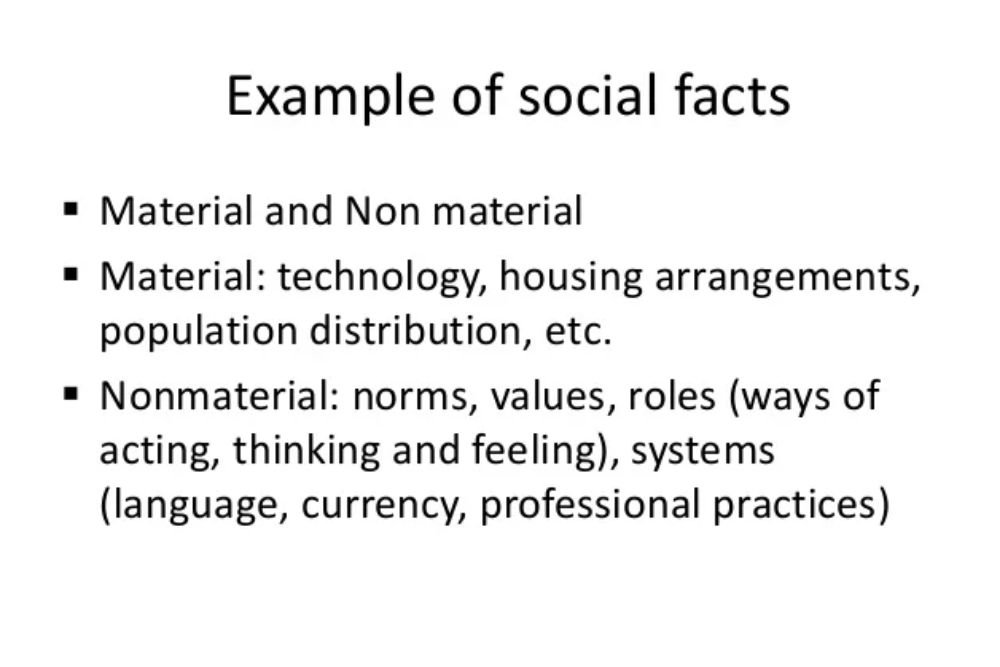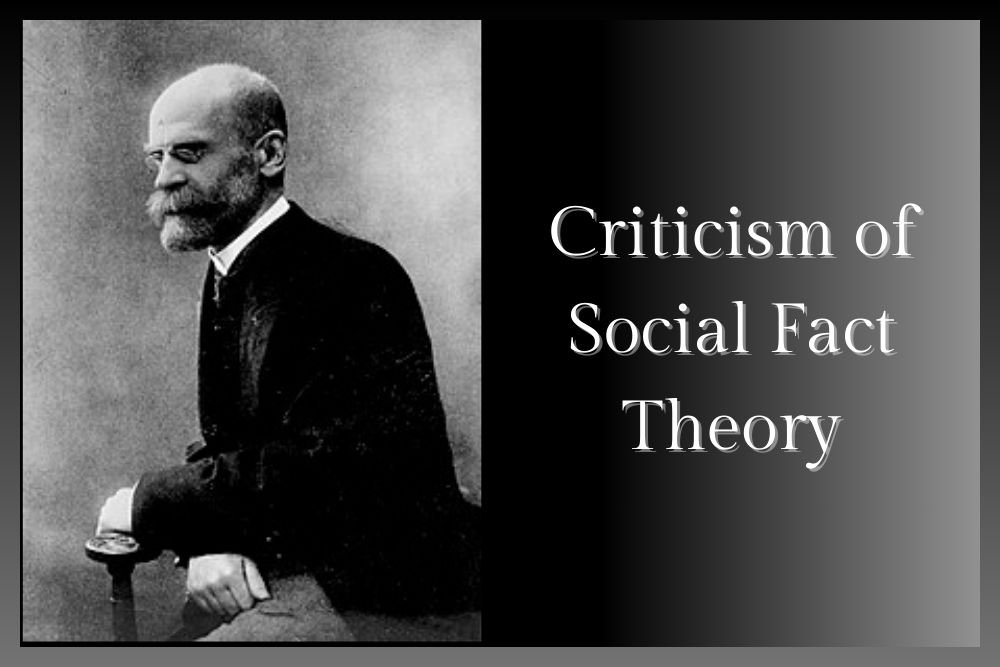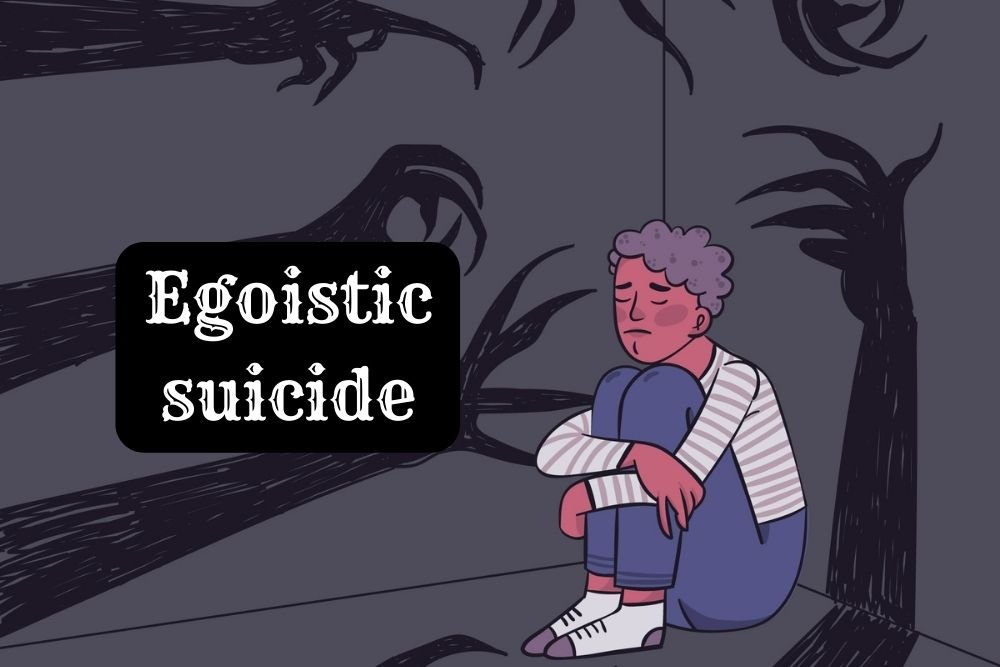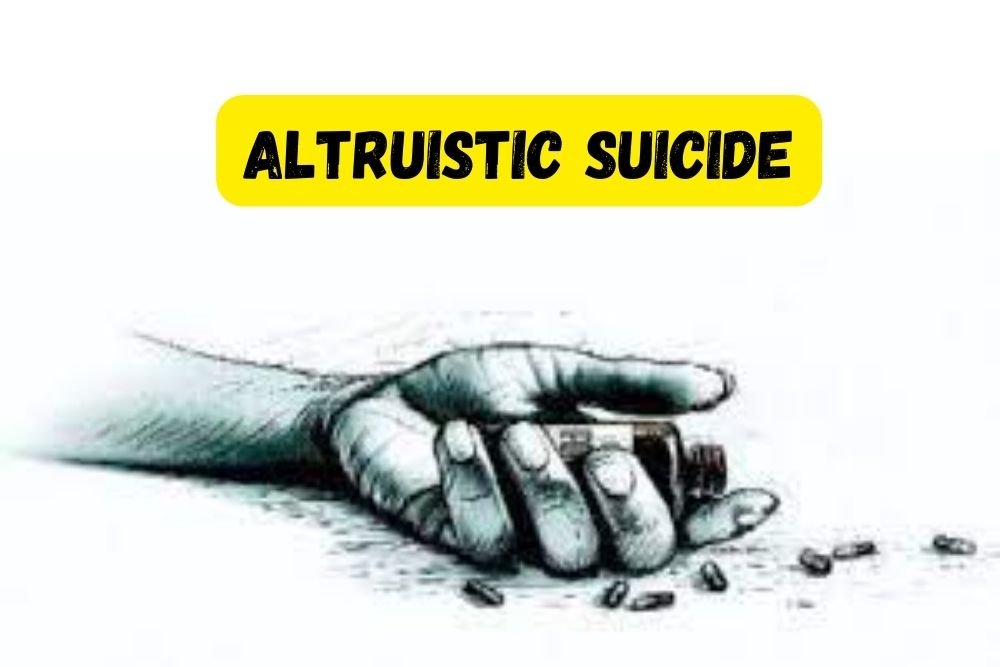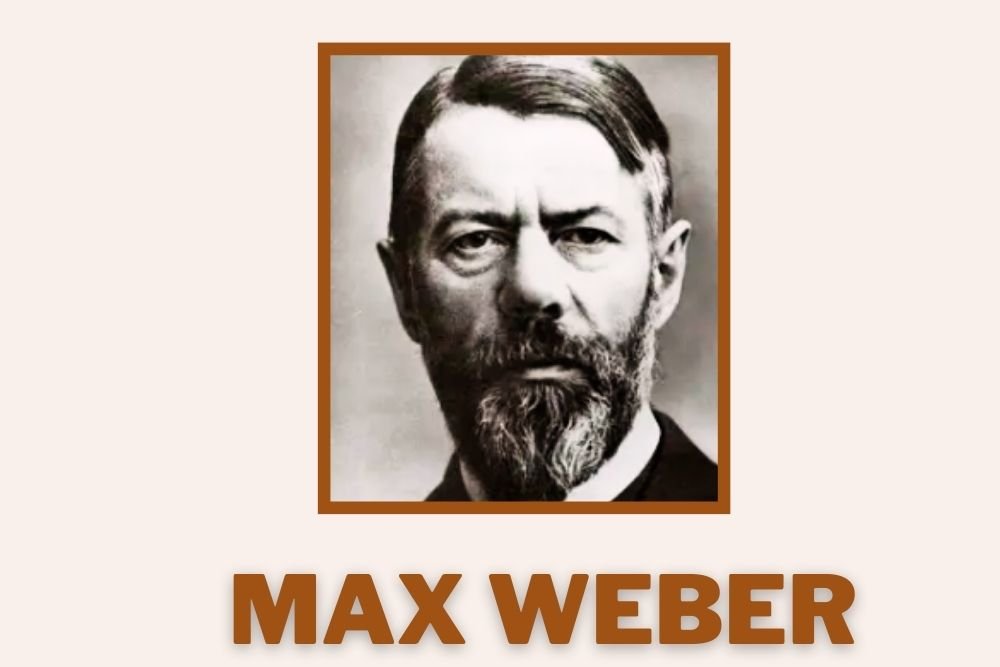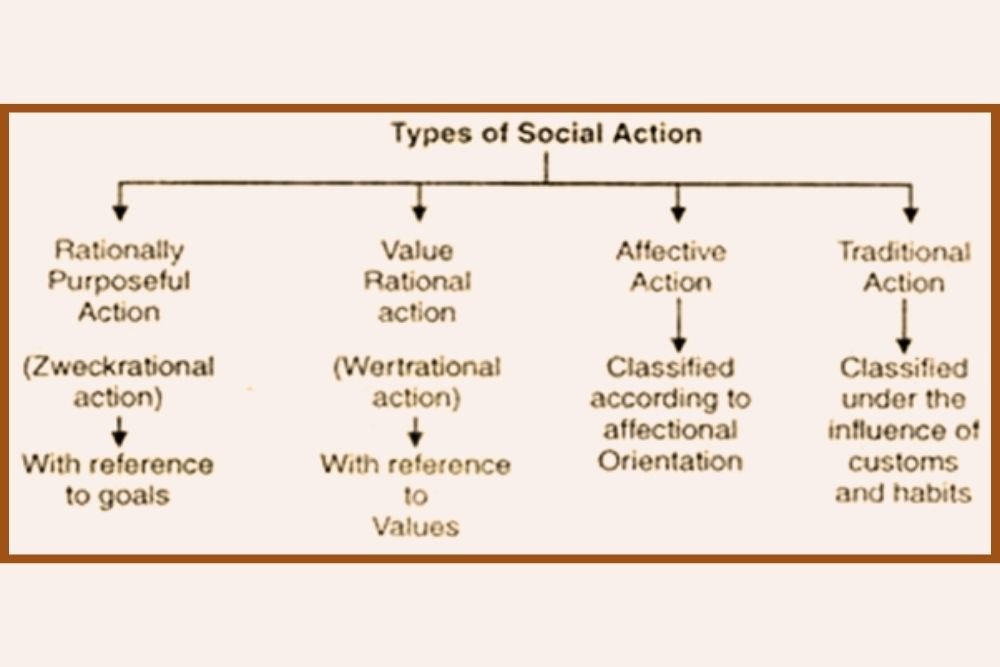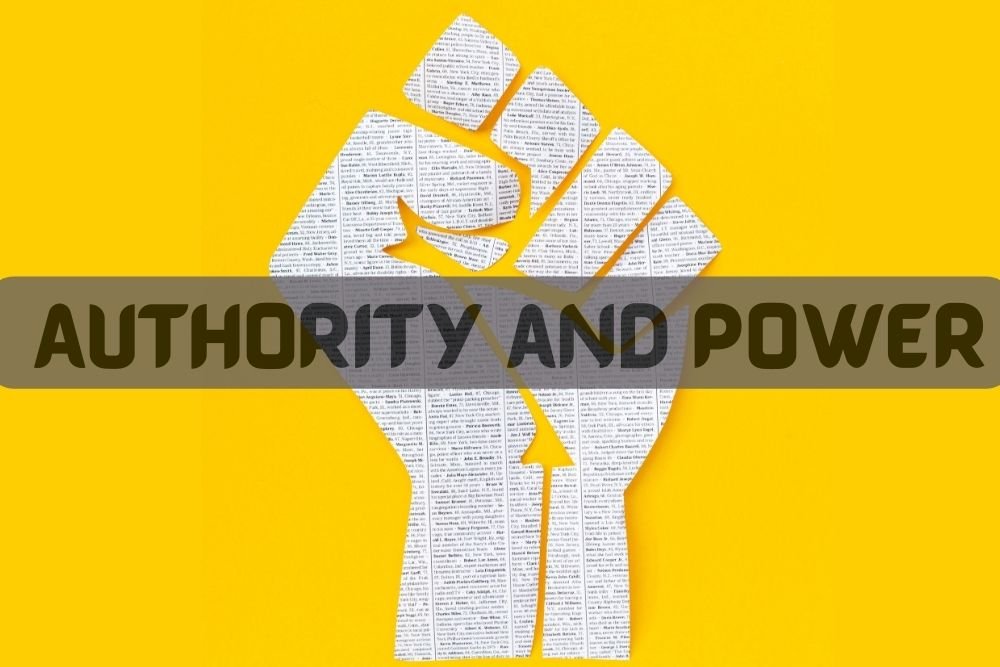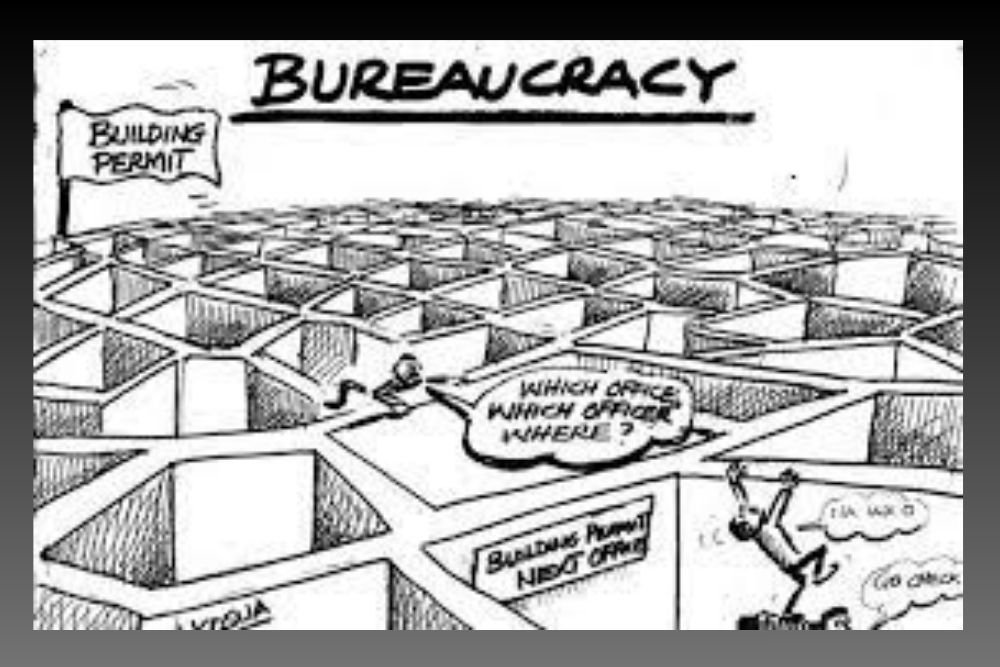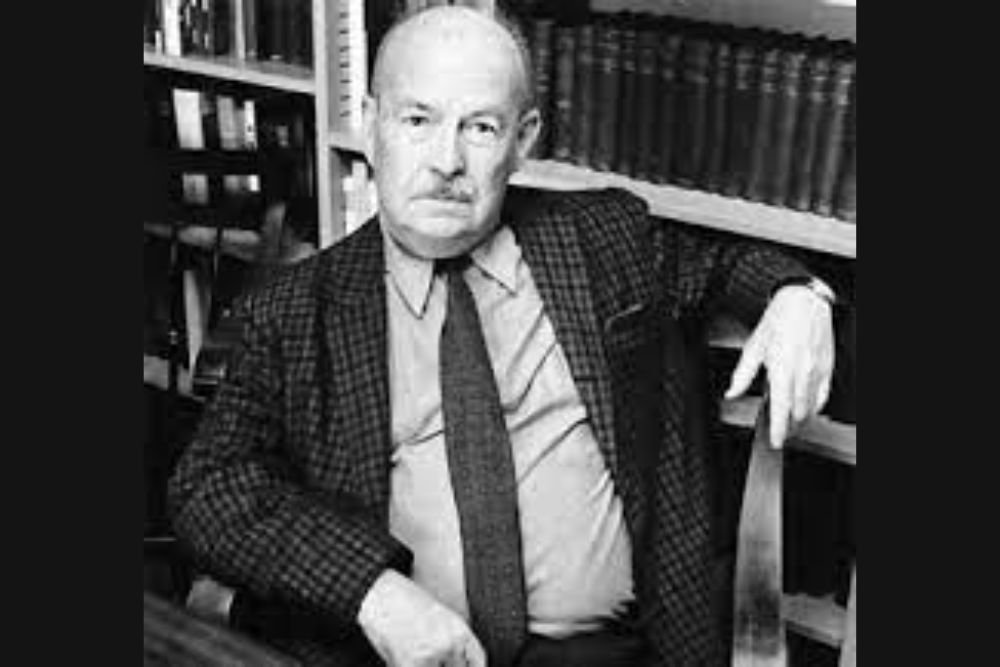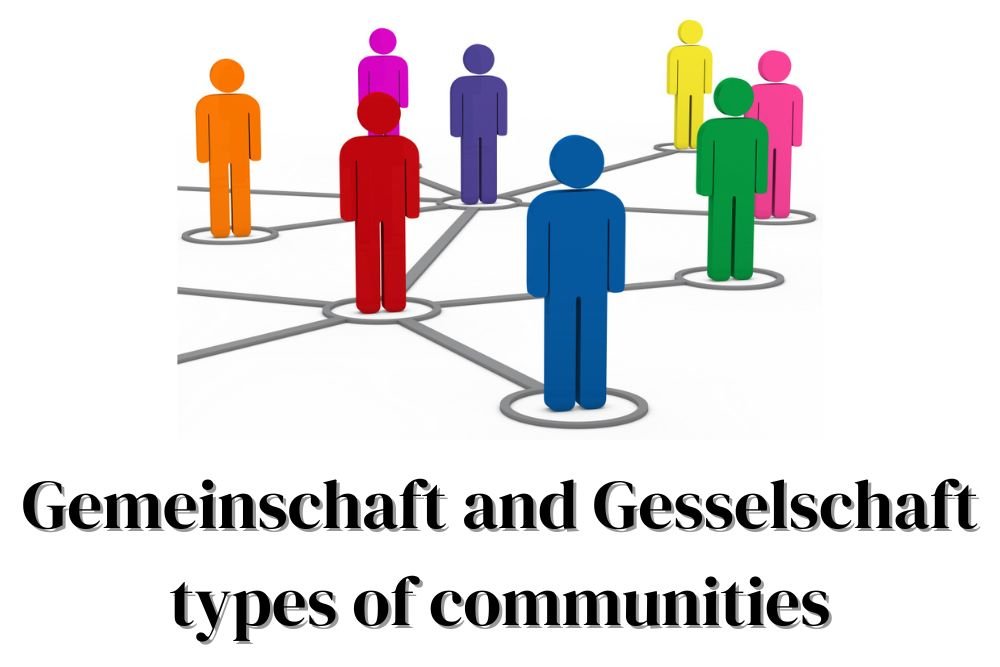
Gemeinschaft and Gesellschaft: Unveiling the Complex Mosaic of Community Dynamics in Sociological Thought
In the expansive landscape of sociology, the dual concepts of Gemeinschaft and Gesellschaft, introduced by the eminent sociologist Ferdinand Tönnies in his seminal work "Community and Society" (Gemeinschaft und Gesellschaft), offer an illuminating framework for understanding the intricate nuances of community structures. As we delve deeper into the fabric of these concepts, we uncover a rich tapestry of insights into the evolving nature of social relationships and the diverse forms that communities can adopt.
Gemeinschaft, often translated as "community" or "community of shared values," invites us into a world where social structures are marked by intimate and organic connections among its members. Tönnies' conceptualization paints Gemeinschaft as a social organization deeply rooted in close-knit ties, shared traditions, and a palpable sense of communal belonging. Within the embrace of Gemeinschaft, individuals find themselves bound together by robust interpersonal relationships, often grounded in familial bonds, kinship, or a shared cultural heritage.
The hallmark of Gemeinschaft lies in its embodiment of mechanical solidarity, a concept eloquently expounded upon by another luminary in sociology, Émile Durkheim. In Gemeinschaft, individuals are united by a common set of values, norms, and traditions, fostering a collective consciousness that shapes social interactions. Unlike Gesellschaft, where relationships are often transactional and instrumental, Gemeinschaft thrives on the personal and emotional ties that form the foundation of its societal fabric.
Contrastingly, Gesellschaft, translated as "society" or "association," represents a paradigm shift towards a more modern and complex societal organization. In Gesellschaft, relationships are characterized by impersonality, formality, and contractual agreements. Individuals come together based on shared interests, common goals, or economic pursuits rather than the deep-rooted personal connections emblematic of Gemeinschaft.
The concept of Gesellschaft aligns seamlessly with Durkheim's notion of organic solidarity. In these communities, social integration arises not from shared values and traditions but from the interdependence of specialized roles and functions. The landscape of Gesellschaft is often exemplified by modern urban societies, where diverse professions and a multitude of social roles characterize the intricate tapestry of social interactions.
Key sociological terms, such as mechanical solidarity and organic solidarity, play a pivotal role in unraveling the dynamics of Gemeinschaft and Gesellschaft. The theoretical frameworks provided by Durkheim and Tönnies contribute significantly to the sociological discourse on community structures, offering a nuanced understanding of the evolution and functioning of these diverse types of communities.
To comprehend Gemeinschaft and Gesellschaft fully, it is imperative to consider their far-reaching implications on social institutions. Gemeinschaft tends to give rise to institutions grounded in tradition and shared values, prioritizing the collective well-being of its members. In contrast, Gesellschaft often fosters the development of institutions designed for efficiency and the regulation of complex, diverse interactions inherent in modern societies.
As students of sociology delve into these community types, works like Durkheim's "The Division of Labor in Society" and Tönnies' "Community and Society" emerge as foundational texts. Durkheim's exploration of the shift from mechanical to organic solidarity, coupled with Tönnies' distinctions between Gemeinschaft and Gesellschaft, provides invaluable insights into the theoretical underpinnings of community studies.
In conclusion, the exploration of Gemeinschaft and Gesellschaft unveils the intricate ways in which societies organize themselves. The concepts, rooted in the works of sociological luminaries, offer a nuanced lens through which to understand the evolution of communities, from those grounded in shared values and close-knit relationships to those shaped by impersonal interactions and specialized roles. Grasping these community types and the associated sociological terms is essential for comprehending the complex fabric of human societies and the dynamic interplay of communal dynamics.
